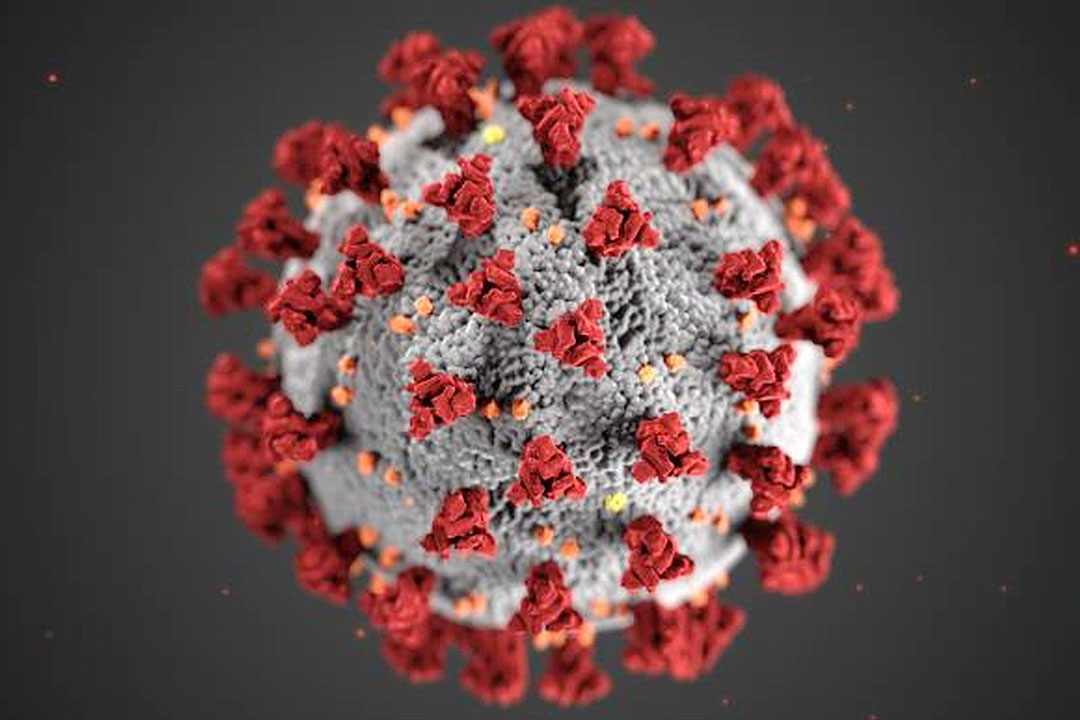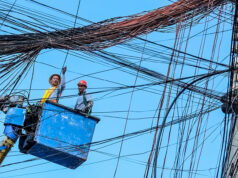More high-level biosafety laboratories needed to bolster public health system — NIH

WITH 2021 coming to a close and the coronavirus disease 2019 (COVID-19) pandemic inching towards its two-year anniversary, public health systems in the Philippines will need to address three key issues — the virus itself, health inequity, and misinformation, said doctors in a Dec. 10 webinar organized by the University of the Philippines (UP).
“If we do not invest in public health and the social determinants of health, COVID-19 will become a chronic and lingering disease of the poor, like tuberculosis,” said Dr. Susan Pineda-Mercado, a faculty member of the National Telehealth Center at the National Institutes of Health (NIH) in UP Manila.
She presented the epidemiologic triad, composed of the agent (virus), the host (human health), and the environment, a framework for public health recommended by the US Centers for Disease Control and Prevention (CDC).
The triad requires vaccination to curb the virus, access to healthcare to improve equity and strengthen people’s health, nutrition, and immune systems, and a strong health promotion agency to discourage misinformation and motivate a better and safer environment.
“We need to invest in a Philippine CDC, level 3 & 4 laboratories, and genome centers for surveillance and early case detections,” added Dr. Pineda-Mercado.
According to the US CDC, biosafety level 3 laboratories can handle microbes that can cause serious or potentially lethal disease through inhalation; biosafety level 4 labs can handle aerosol-transmitted agents that cause severe to fatal disease for which there are no available vaccines or treatments.)
Today, only the Research Institute for Tropical Medicine, the Philippine General Hospital, and the UP National Institutes of Health have these labs. Dr. Pineda-Mercado said that the country will need more of these facilities.
Meanwhile, Dr. Annette M. David, consultant at Guam’s department of public health and social services, agreed that the entire population will need to be protected and not just the few.
“Every unvaccinated person is a gap in the shield. It’s important to ensure that many people in the community are vaccinated or protected,” she said, referring to masking, testing, vaccines, and treatment. “For as long as there are pockets in our country that have no access to healthcare, this will continue to spread.”
The government will also have to address city congestion, crowded living conditions, and the large overseas Filipino worker population. Solutions can come in the form of strict isolation measures, safe transport, safe work spaces, city decongestion, and even family planning.
Dr. Pineda-Mercado said: “In public health, we think about all these things. We cannot be just single-minded and have tunnel vision on one thing.”
As of Dec. 13, around 41.5 million Filipinos have been fully vaccinated. However, this is not the only vaccine the country needs, according to Dr. David.
“We need a vaccine against the virus, a vaccine against health inequity, and a vaccine against misinformation,” she said. — Brontë H. Lacsamana



